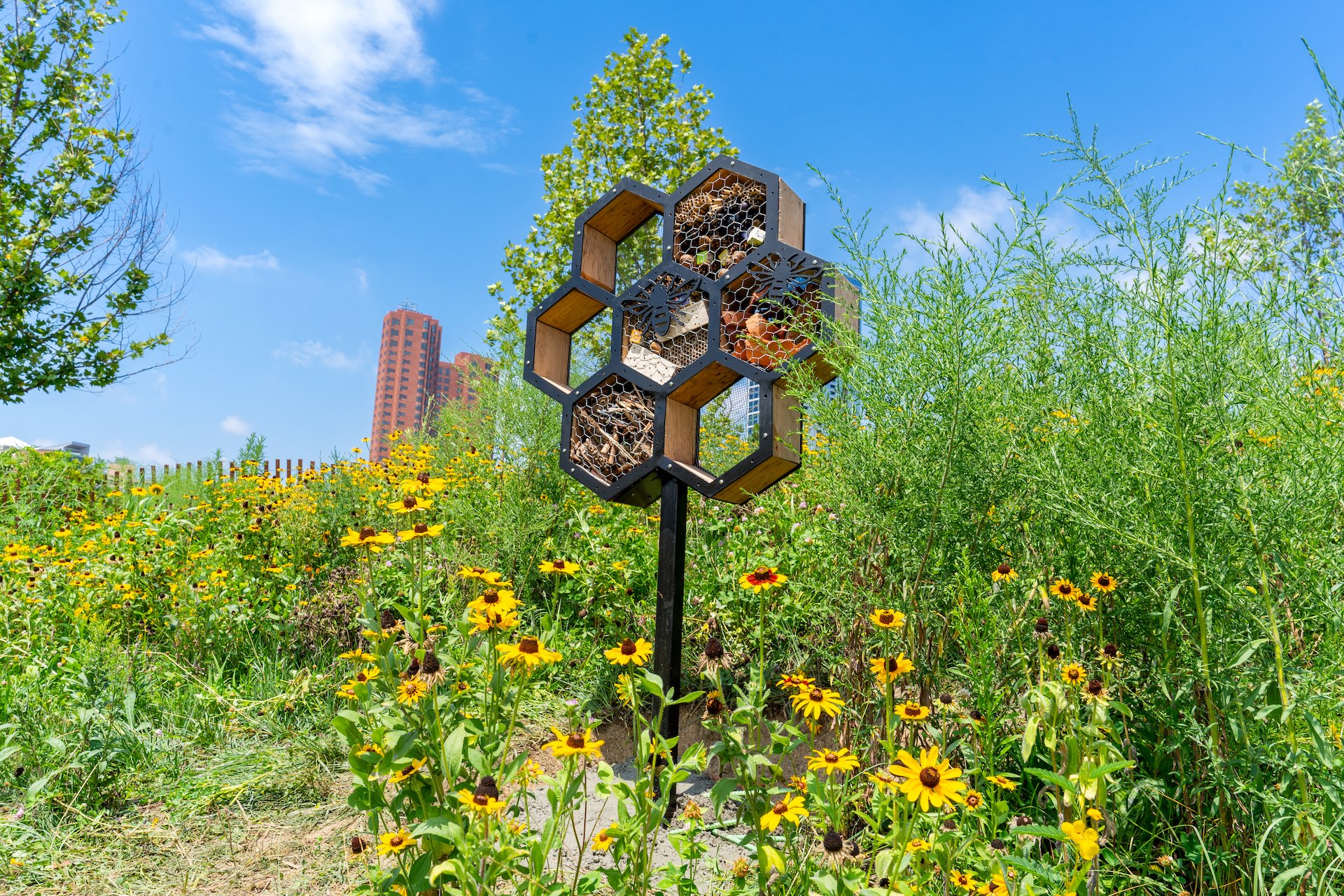
Our Wildlife Gardening program maintains harbor habitats to attract wildlife, improve air and water quality, reduce flood risk, promote biodiversity, and mitigate climate change with the help of community, youth, and corporate volunteers.
Our workshops have ended for this season. Sign up for our mailing list to stay up to date on other fun upcoming events and programs!
Wildlife Gardening
is a great way for volunteers to make a positive impact in their communities. To learn more and how to get your neighbors or business involved, please reach out to leanna@waterfrontpartnership.org




























See What You Missed At Our Past Workshops
Take a look at photos & videos from past workshops!

We need your help to implement these conservation gardening methods across Baltimore’s Waterfront:
Carbon Sequestration:
Planting native trees, shrubs, and flowers in our waterfront gardens can help remove carbon from the air and reduce greenhouse gas emissions.
Ecosystems Restoration:
Using native trees and plants to construct and maintain habitats can regulate temperature and reduce stormwater runoff while improving air quality.
Habitat Creation:
Planting native plants local to Maryland supports biodiversity, enhances resilience to climate change, and provides essential services like pollination and pest control.
Stormwater Management:
Creating wildlife gardens can help regulate stormwater runoff and lower the risk of flash flooding due to intense rainfall by absorbing and filtering rainwater.
Biodiversity Stabilization:
Constructing habitat features and planting native gardens enhances biodiversity and provides nourishment and refuge for pollinators, birds, and small mammals.
Soil Rejuvenation:
Boosting soil health by increasing microbial activity, organic matter, and reducing erosion leads to more water storage, carbon sequestration, and diverse plant communities.




















